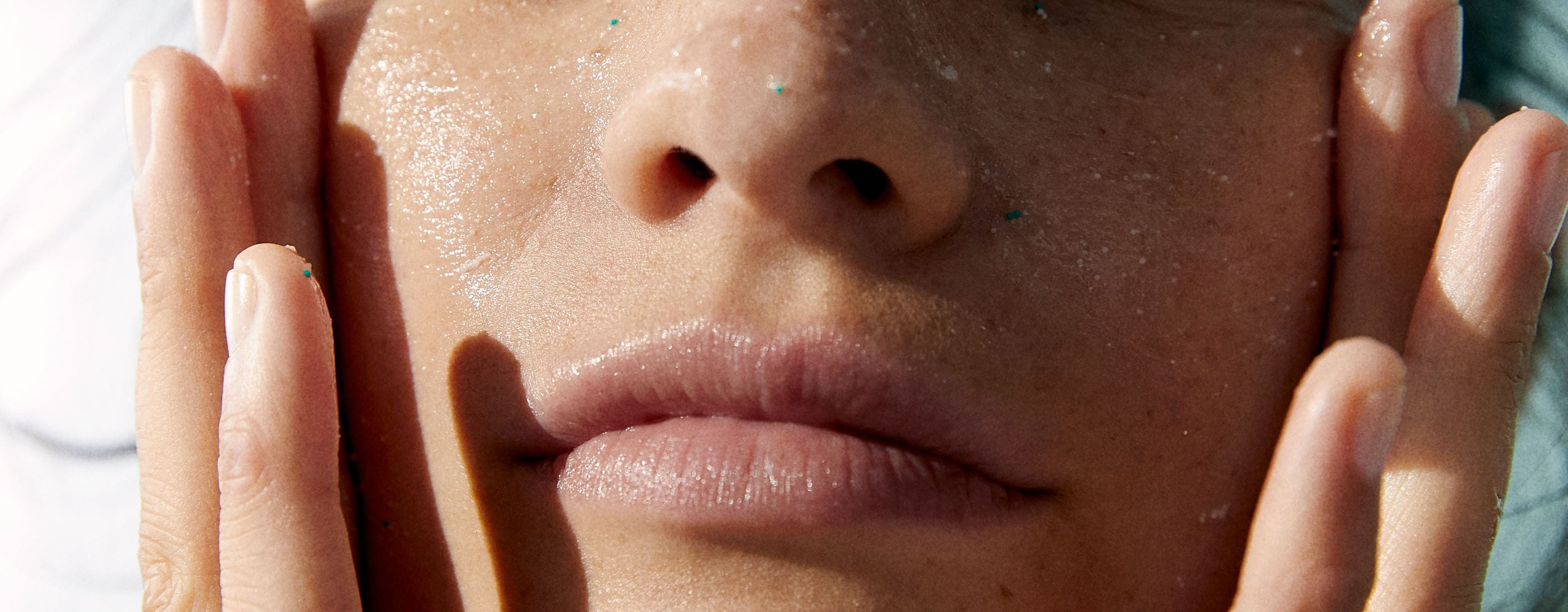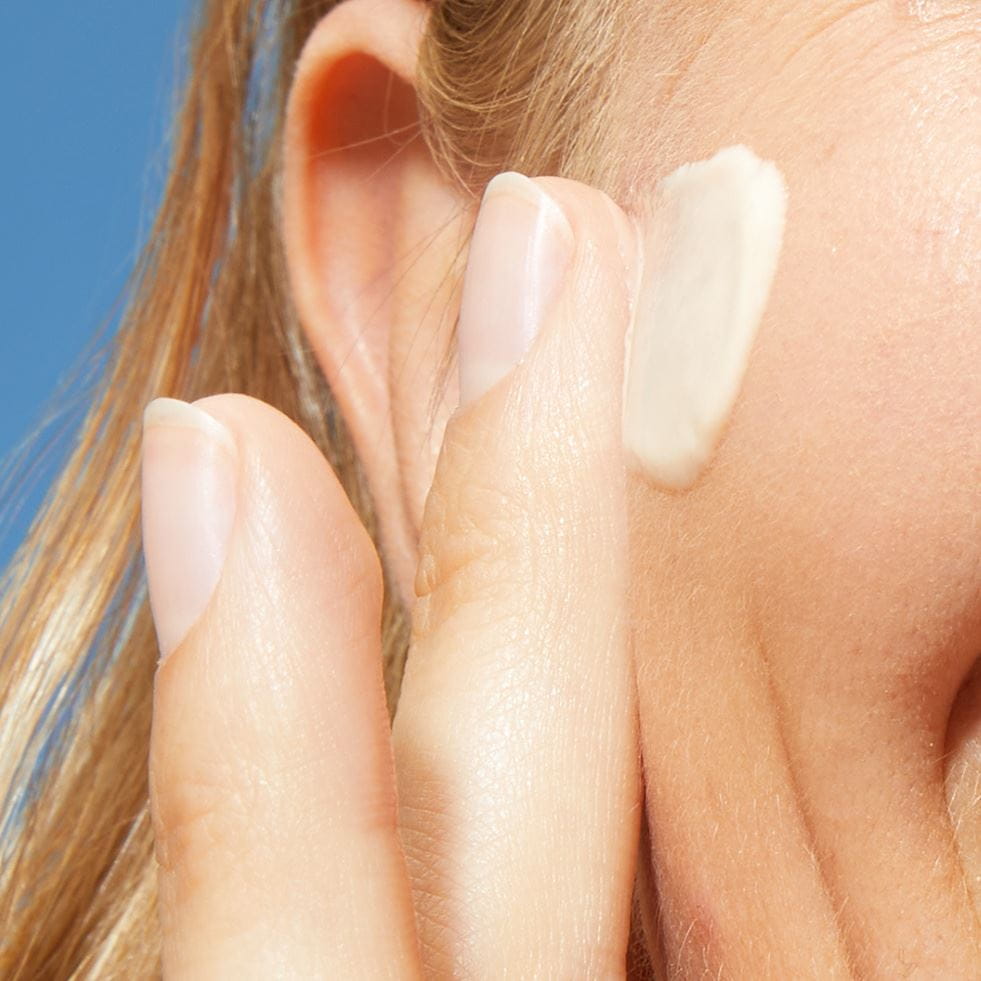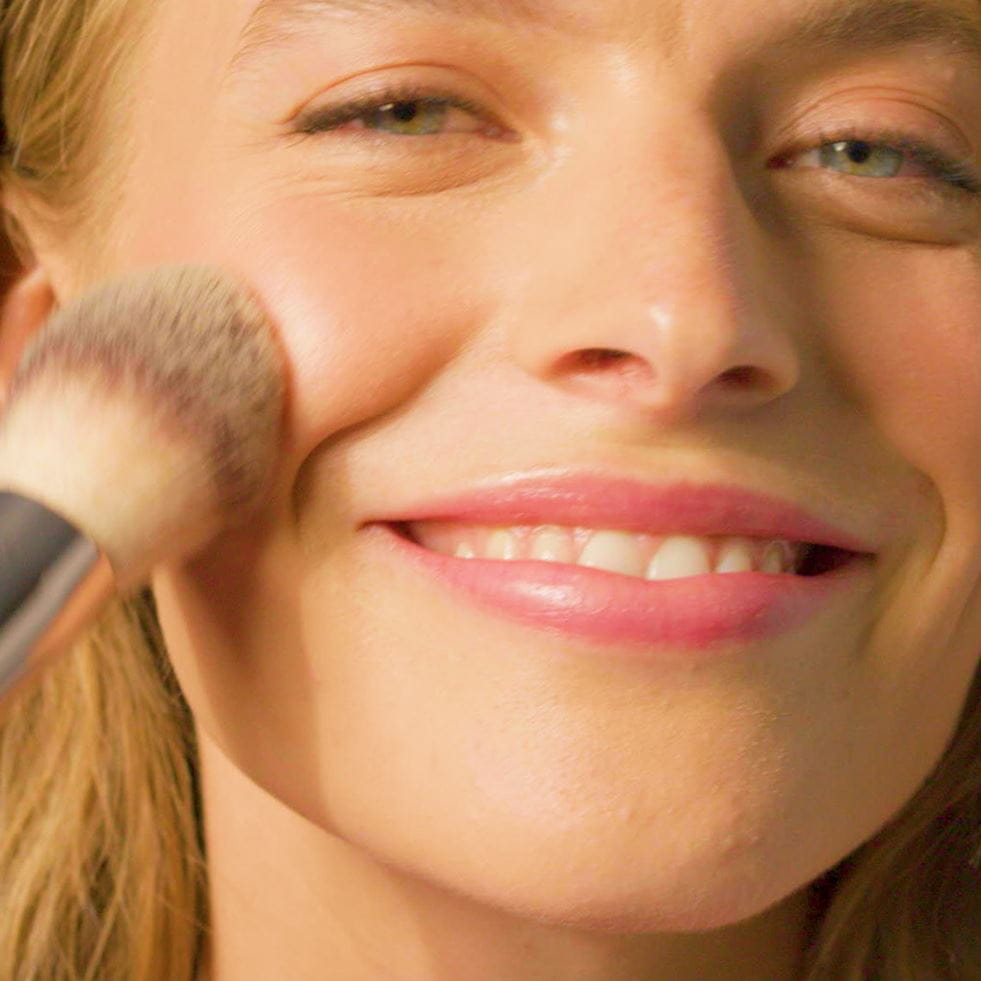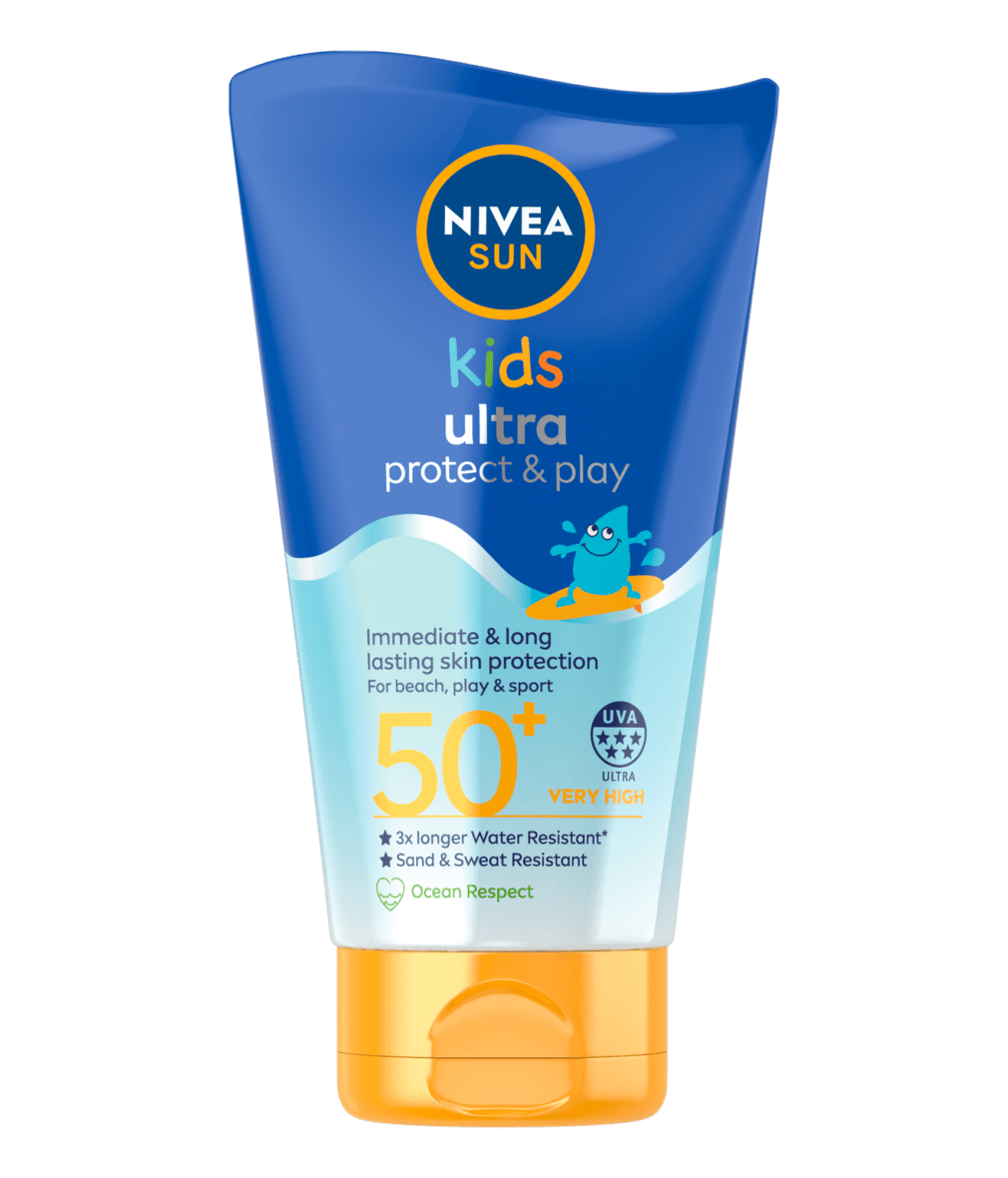
Using sunscreen properly: how, when & how much to apply
Stay protected from UV rays by learning how much sunscreen to use, when/how to apply it, whether to apply it before or after moisturiser & more.
USING SUNSCREEN PROPERLY: HOW, WHEN & HOW MUCH TO APPLY
When applying sunscreen the most important thing to consider is skin coverage. You want to ensure that any exposed skin has a sufficient layer of sunscreen applied. Unprotected skin will be exposed to UV radiation, which can lead to sun induced damage and further complications.
So, how do you get the maximum protection from your sunscreen? Let’s begin with four steps on how to properly apply sunscreen.
So, how do you get the maximum protection from your sunscreen? Let’s begin with four steps on how to properly apply sunscreen.
HOW TO APPLY SUNSCREEN
HOW MUCH SUNSCREEN SHOULD YOU USE?
It’s recommended that you use at least around 30ml worth - just slightly more than a shot glass.
You may also be wondering how much sunscreen to use on your face. A good rule of thumb is to use a squirt of sunscreen around the size of a 1 inch circle and, as mentioned, tap it in instead of spreading it.
Now you know how much sunscreen to apply, you may be wondering when and how often you should apply it.
You may also be wondering how much sunscreen to use on your face. A good rule of thumb is to use a squirt of sunscreen around the size of a 1 inch circle and, as mentioned, tap it in instead of spreading it.
Now you know how much sunscreen to apply, you may be wondering when and how often you should apply it.
When to apply sunscreen
Should you apply sunscreen every day?
You should apply sunscreen every day when your skin is exposed to the sun. The sun’s harmful UV rays are always present, so to minimise the risk of skin damage, always apply sunscreen to any exposed areas of the body.
Applying it to your face is particularly important: “Your face is exposed to the sun every day even if it’s cloudy or cold. Therefore, it needs special, reliable protection against UVA and UVB rays,” explains Beiersdorf’s Dr. Göddertz.
Applying it to your face is particularly important: “Your face is exposed to the sun every day even if it’s cloudy or cold. Therefore, it needs special, reliable protection against UVA and UVB rays,” explains Beiersdorf’s Dr. Göddertz.
What goes first, sunscreen or moisturizer?
"Apply your facial sunscreen after the day care to protect your sensitive facial skin from signs of premature aging like wrinkles or pigment spots.” Advises Beiersdorf’s Dr. Göddertz.
Some advice suggests that the type of UV filter used in your sunscreen should influence whether it is applied before or after moisturiser. This is not advised by Beiersdorf's Dr. Göddertz who suggests that independent of the UV filters used in the sun product, it should always be applied afterwards.
Some advice suggests that the type of UV filter used in your sunscreen should influence whether it is applied before or after moisturiser. This is not advised by Beiersdorf's Dr. Göddertz who suggests that independent of the UV filters used in the sun product, it should always be applied afterwards.
WHY SHOULD YOU APPLY SUNSCREEN BEFORE MAKEUP?
Since makeup forms a barrier on the skin, a sunscreen may struggle to absorb thoroughly enough to be effective. For the same reason that you’d apply a moisturiser before makeup, you want the skin nourishing ingredients closer to your face.
HOW TO APPLY SUNSCREEN ON YOUR OWN BACK?
The easiest answer here is to have someone else apply it for you - but, we know this isn’t always possible. So, what do you do in this situation?
Unfortunately, there’s no easy way to do this yourself with a traditional sunscreen, but here are two potential solutions:
Unfortunately, there’s no easy way to do this yourself with a traditional sunscreen, but here are two potential solutions:
SHOULD YOU USE SUNSCREEN EVERYDAY?
Since we often expose our skin for hours each day, your skin may be damaged by this exposure to UV radiation - and this can appear in the form of premature ageing, such as dark spots, fine lines and wrinkles.
The NIVEA SUN UV Face Specialist Triple Protect Sun Fluid SPF 50+ is an ideal choice. It not only provides SPF 50 protection, but the ultra-light formula with Hyaluron absorbs immediately. This is ideal for wearing under make-up, too, since it’s seat resistant to maintain a smooth and visibly healthy-looking complexion.
Still unsure? Discover the NIVEA SUN range to find the right protection for you.
The NIVEA SUN UV Face Specialist Triple Protect Sun Fluid SPF 50+ is an ideal choice. It not only provides SPF 50 protection, but the ultra-light formula with Hyaluron absorbs immediately. This is ideal for wearing under make-up, too, since it’s seat resistant to maintain a smooth and visibly healthy-looking complexion.
Still unsure? Discover the NIVEA SUN range to find the right protection for you.





